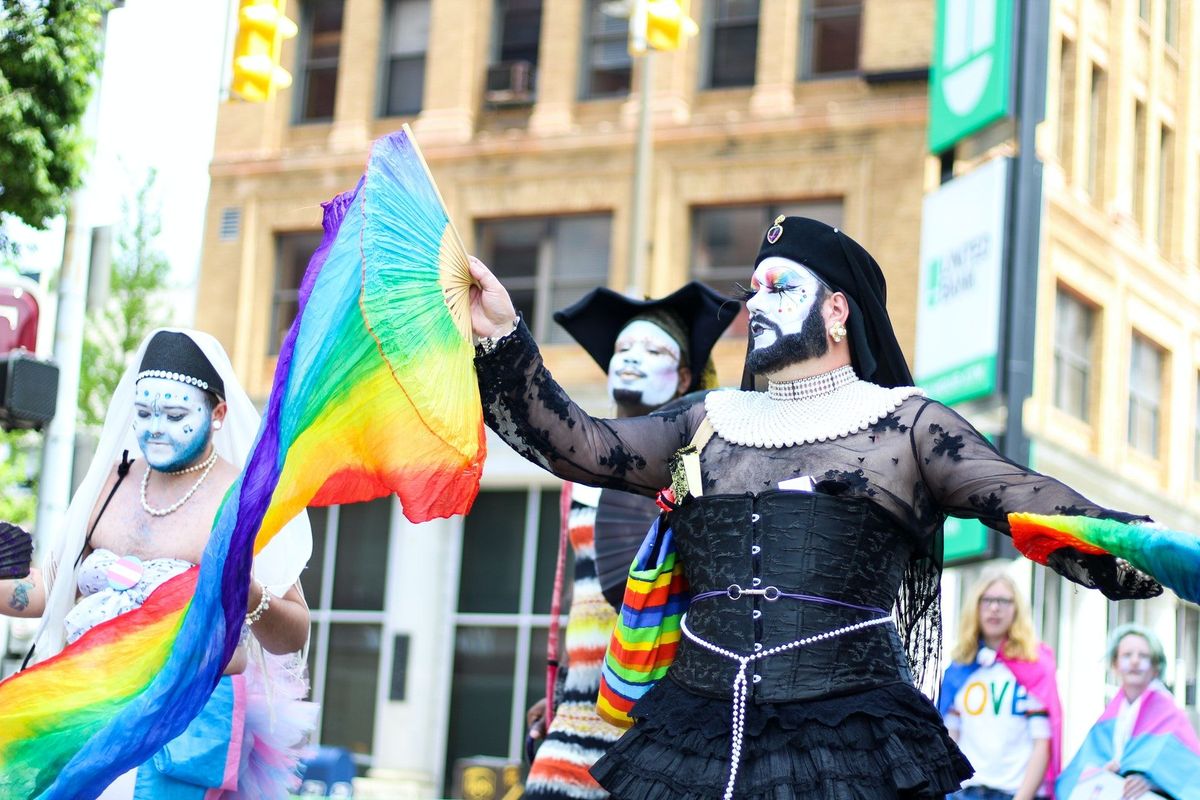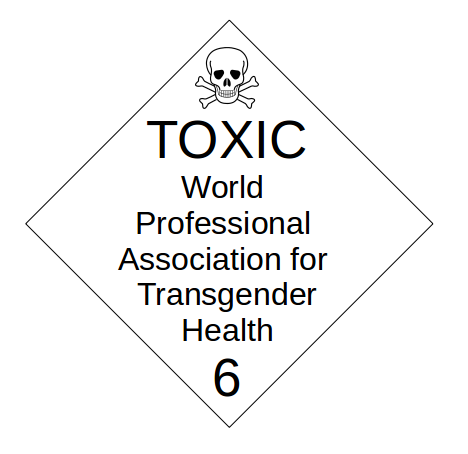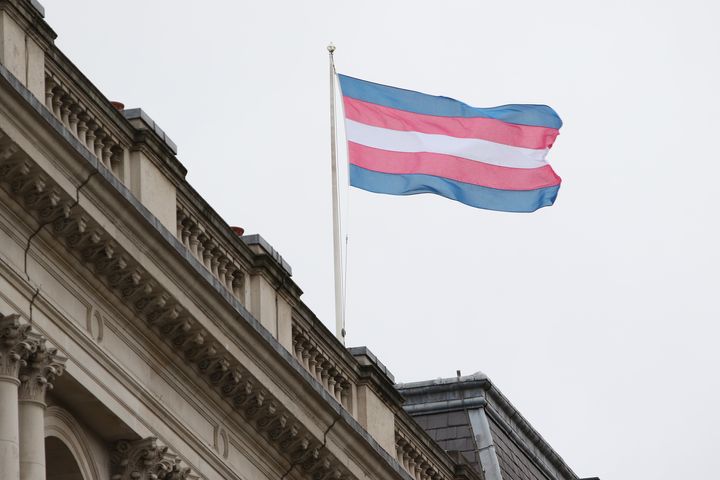The Myth of ‘Woman Face’
A critical review of the unintended implications of a growing phrase

To preface this article, I am a White British Woman. I’ve observed problems in the community that have been addressed by Black Women, and hope to elevate their voices, ideas, and arguments in this article.
Gender critical and Radical feminists hold the belief that biological sex is a material reality and cannot be changed. They are critical of the constructs that surround gender, expectations, and “rules” that we all have been conditioned to follow based on our sex, i.e. the performance of gender. An excellent example of this is the unwavering expectation placed upon women to be “nice”:
Don’t say “no,”
Don’t say a word, if somebody is making you uncomfortable, leave.
Try to find common ground.
Don’t correct someone, even if you know more.
Wear makeup, but not too much.
Have long hair, keep it neat.
Shave your body, or be ashamed.
Show us your body, no, not that much, hide it.
Date MEN. But maybe experiment with a woman because that’s hot.
There are certain social consequences for breaking these “rules”. One prevalent means of enforcing this social construct is labeling.
“Bitch.”
“TERF”
“Catty”
“Bimbo”
“Man Hater”
Labeling is fast being co-opted by the Radfem community and, like many, we aren’t exactly being accurate with our labels. Distinguishments must be made to who and what we are objecting to. Otherwise, we risk digressing from the gender-critical political movement and into offensive slurs, or worse, discrediting our own argument that accurate language is our right.
Gender non-conforming men
The idea of “feminine” beauty standards being discarded and the emancipation of women’s appearances from the male gaze is a fundamental milestone of progress for our movement. Men choosing to wear makeup does not hinder this. In fact, I believe that makeup becoming an arbitrary fashion/aesthetical choice for men and women is a step in the right direction and a step away from the “Transing” of gender non-conforming youth.
Feminists should celebrate stepping away from these rigid social constructs, without denying biological sex. We must divorce the idea of femininity and female and be careful to be clear in our position that men are welcome to be pretty, but this doesn’t change their sex. If we start to police traditionally feminine practices, excluding men from participating in gender nonconformity, we further the trans agenda.

Drag queens vs the political trans male agenda
I was once someone who once enjoyed Rupaul’s drag race. I saw only artistic expression, and not the demeaning and disingenuous relationship between the predominantly gay misogynists who partake in this and women. But I now am clear where I stand: drag is abhorrent.
It is not, however, an extension of the trans community, these are men with no interest in living as women and assuming all of the natural consequences of being profiled as female (violence, abuse, and harassment) they merely wish to try it on for the evening, they have no interest in respecting women. They are performing femininity for comedy and male attention.
Drag performers do not seek to take our spaces or “join” us. They seek only to prove that we are defined by men, that we are less than men, and that hetero men find them more attractive than us.
Trans-identified males (commonly referred to as “transwomen”) are distinct and separate from drag performers and other gender non-conforming men. The issue radical feminists take with trans-identified males is not their gender nonconformity—it is the political ideology that some extreme trans activists have proposed, which includes the erasure of women, our rights, and our spaces.
This ideology runs par to Catholic belief in transubstantiation, wherein the wine in Holy Communion becomes the literal blood of Christ. Trans activists have pushed forwards a dangerous narrative that males can become literal women—cervix, XX chromosomes, or not. This has led to female anatomy being divorced from the accurate, original language, and genuinely female exclusive experiences such as giving birth or breastfeeding, being seen as exclusionary or transphobic.

This is where the appropriation of womanhood occurs. Because this subset of males seeks access to breastfeeding groups and many other spaces in which they do not have any capacity to contribute, where their presence shames and fetishizes the female body and, in addition, they require a change in language that denies the material, empirical truth of the experience of the actual women present. “Chest feeding,” or similarly, “cervix havers,” “menstruators,” and “birth givers” are all harmful terms that prevent women being able to meaningfully discuss their experiences with other women for fear of being exclusionary or having their vulnerability presented to people who cannot understand and will not relate and maybe fetishize. In this way, men are colonizing womanhood.
The emphasis placed on “validation” by the trans community has criminalized the act of asking questions, bred an atmosphere of polarization, unfounded opinions, and harsh, biting, exchanges. The gruesome threats of death, rape, and violence cavalierly tossed about by influential trans activists is enough to have destroyed any gender critical woman’s confidence about the trans community’s ability to negotiate or hold any sort of meaningful debate which is necessary for coexistence. In the absence of this debate, and in the wake of heavy aggressive campaigning, the need to compress complex, multifaceted issues into 140 characters has bred wild generalizations, oversimplifications, and ultimately has seen a rise in reductionist thinking.
What actually is “woman face”?
There is a notion that men wearing makeup, maybe wigs, perhaps a dress, are appropriating womanhood and that this is called “woman face” to draw a direct comparison to blackface. I hold with these women that appropriation does take place, but the idea that makeup, fashion, and hairstyles are the defining features of a woman isn’t only inaccurate, it’s misogynistic. James Charles is a prime example of a gay man being accused of appropriating womanhood for wearing makeup. “Woman face” is a myth.
The only way you can argue “woman face” with any legitimacy is if that man has surgically altered his facial bone structure with the intention of “passing” as female, and/or taken hormones that feminize their natural features. Some feel that the use of contouring plays into this appropriation but having more defined or less defined features through the use of makeup is purely aesthetic, and bears little impact upon women as a protected class. I would argue that anyone who utilizes contouring is doing the same thing, women and men may alter their appearance with makeup without it changing their sex, or how their gender is profiled and so I feel it is best left out of the debate.
If a male sports prosthetic breasts, padding, and other tools to mimic the female physique, that could be considered the appropriation of womanhood. But, then that puts the defining feature of “woman face” on the body, not the face. The analogy begins to fall apart.
To call drag “woman face” is a divisive and emotive statement. While there are some parallels that could be drawn, it is a lazy argument that piggybacks on the rejection of an entirely different practice and dismisses the historical context and pain behind blackface.
Blackface as a tool of racial terror
While there is growing tension in the radical feminist community, especially in light of recent events concerning the resurgence of the Black Lives Matter movement, most feminists acknowledge that Black women face unique oppression in the United States and the West. This oppression was once overt and legally supported, and while laws may have changed, attitudes and practices may vary largely.
To summarize blackface, “It’s an assertion of power and control,” says David Leonard. The exact origin of blackface is unknown but it became central to theatre and comedy in the West during the 18th and 19th century, and is still around today, although it is now generally recognized as racist.
In 1830, the most infamous blackface character was introduced by Thomas Dartmouth Rice - “Jim Crow”. Jim Crow was dressed in rags, and Thomas darkened his skin using a burnt cork. It’s thought that he based this character upon a slave he observed who was “owned” by a Mr. Crow. Jim Crow performances were a hit success and took America by storm, it made such an impression that laws mandating racial segregation were known as “Jim Crow Laws”. To name a few of such laws:
In Florida:
- Any interacial couple ‘who shall habitually live in and occupy in the nighttime the same room’ would either be imprisoned up to 12 months, or fined up to $500 (which today would be equivalent to around $12,000).
- Schools for black and white children should be entirely separate, not just segregated classes.
- “All marriages between a white person and a negro, or between a white person and a person of negro descent to the fourth generation inclusive, are hereby forever prohibited.”
In Georgia:
- It was illegal for black people to be buried in the same graveyards as white people.
- It was illegal for white baseball teams to play within two blocks of a designated negro park.
- Black barbers could not attend to white customers
In South Carolina:
- No white person could leave their child “into the custody, control, maintenance or support” of a black person.
In Mississippi:
- “The marriage of a white person with a negro or mulatto or person who shall have one-eighth or more of negro blood, shall be unlawful and void.”
- “Any person...who shall be guilty of printing, publishing or circulating printed, typewritten or written matter urging or presenting for public acceptance or general information, arguments or suggestions in favor of social equality or of intermarriage between whites and negroes, shall be guilty of a misdemeanor and subject to fine or not exceeding five hundred (500.00) dollars or imprisonment not exceeding six (6) months or both.”
These are a few of many laws that were in place, varying between each state from the 1880s to the 1960s—and they are the direct legacy of blackface. The Jim Crow Character and many others like him served to rationalize these obscene laws by establishing a public opinion that black people were criminal, hypersexual, stupid, arrogant, and violent.
If all of these things were earnestly believed, it would make sense to segregate society. After all, no one wants to feel unsafe in such spaces, blackface created the perfect political and societal breeding ground for racially motivated assaults, abuse, and killings.
Blackface was a tool used to justify racial segregation and terror by indoctrinating the public into a racist belief system. This weaponized civilians against black people, and especially against black women.
Black women during the Jim Crow era were predominantly portrayed as either “Mammies” or “Jezebels”, both of which reduced black women to inferior and objectified roles. These roles justified sexual terror against black women during Jim Crow—a terror that was largely ignored by history as the lynchings against black men became the focus of civil rights activists. These caricatures of black womanhood were often portrayed with blackface, and the harm done by these stereotypes persists in the cultural expectations of black women today.
Minstrel performers were all men, so those acting as Mammies or Jezebels were often, in fact, white men in drag.
Blackface today:
While we’d like to think that blackface is a thing of the past, it’s been present in our media as recently as 2008 when Robert Downey Jr. appeared in blackface in “Tropic Thunder” (which he defended). ”Come Fly With Me”, a 2010 BBC production, was recently taken off of all online platforms in disgrace, but will continue to circulate on Youtube. Blackface has only recently fallen into disuse, and as such the narrative surrounding Black people has not changed. This narrative has been established in public opinion since the times of slavery, black people are still being criminalized, criticized and “othered” (which here means, trying to create a disconnect between two groups wherein there can be no empathy or relation). There are many people who while holding no conscious racial prejudice have experienced fear when encountering Black people that have strong links to conditioning around media portrayal. Recently, several public figures have stepped back after being accused of blackface, such as YouTubers Jenna Marbles and Shane Dawson who have also made public apologies for blackface within the last week.
We still have a long way to go in understanding and weeding out subconscious prejudice and assumptions. I echo the sentiment expressed by Angela Y. Davis and so many others that:
“In a Racist Society, it is not enough to be non-racist, we must be Anti-racist”.
Part of how we can support our Black sisters is by being aware of the history of the tools of their oppression, and not contributing to narratives that harm them. In any social change, it is women who do the heavy lifting, women who will suffer in the process, and now more than ever it is important to remember:
“We wear the global sweat of women and girls on our bodies"- Angela Y. Davis
Women are making changes—now more than ever we’re having some big wins (such as the UK dropping Self ID following the campaigning of Radical Women). Women have always been the driving force in societal reform, but that means we must make sure we are pushing our weight in the right direction. Claiming that drag or trans-identified men are participating in “woman face”, a direct comparison to Blackface, is the wrong direction. It pushes against our Black sisters.
Drag overwhelmingly demeans and belittles women. It attempts to define women through gender stereotypes and the male gaze. “Woman face” is a misogynistic construct heralding all beauty practices to be inherently female. Blackface is the systematic and repetitive portrayal of all black people as criminal, animalistic, and less than human. This is the key difference. The analogy bears no place in our movement as it fundamentally dismisses the scale, severity, impact, and meaning behind both practices. As radical feminists, we have been arguing that language matters. Now, we must critically apply this to ourselves. It’s time to end the phrase “woman face.”
Do you want to bring the "gender madness" to an end? Help us write about it! 4W is able to pay our all-female staff and writers thanks to the generous support of our paid monthly subscribers.
Enter your email below to sign in or become a 4W member and join the conversation.
(Already did this? Try refreshing the page!)






Comments